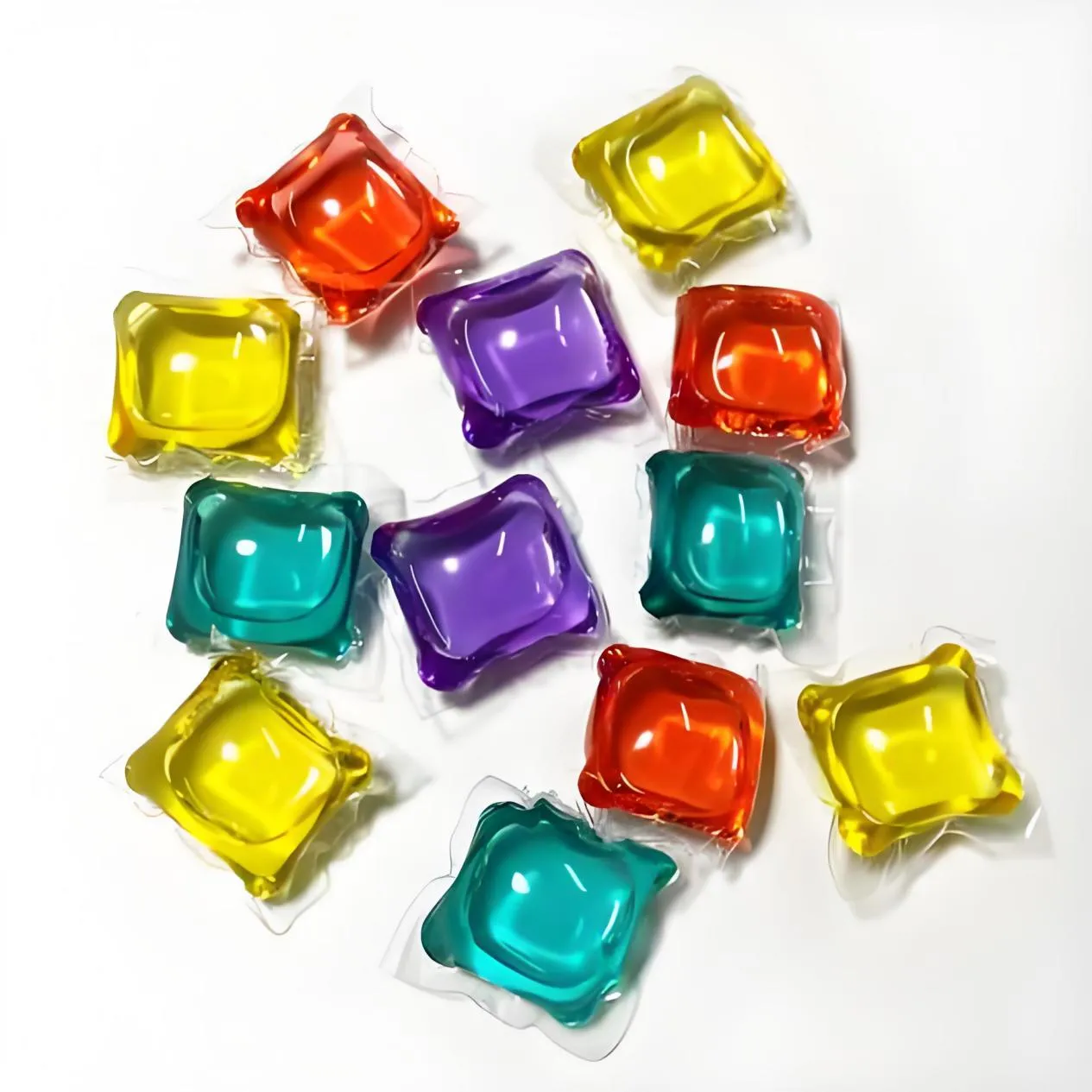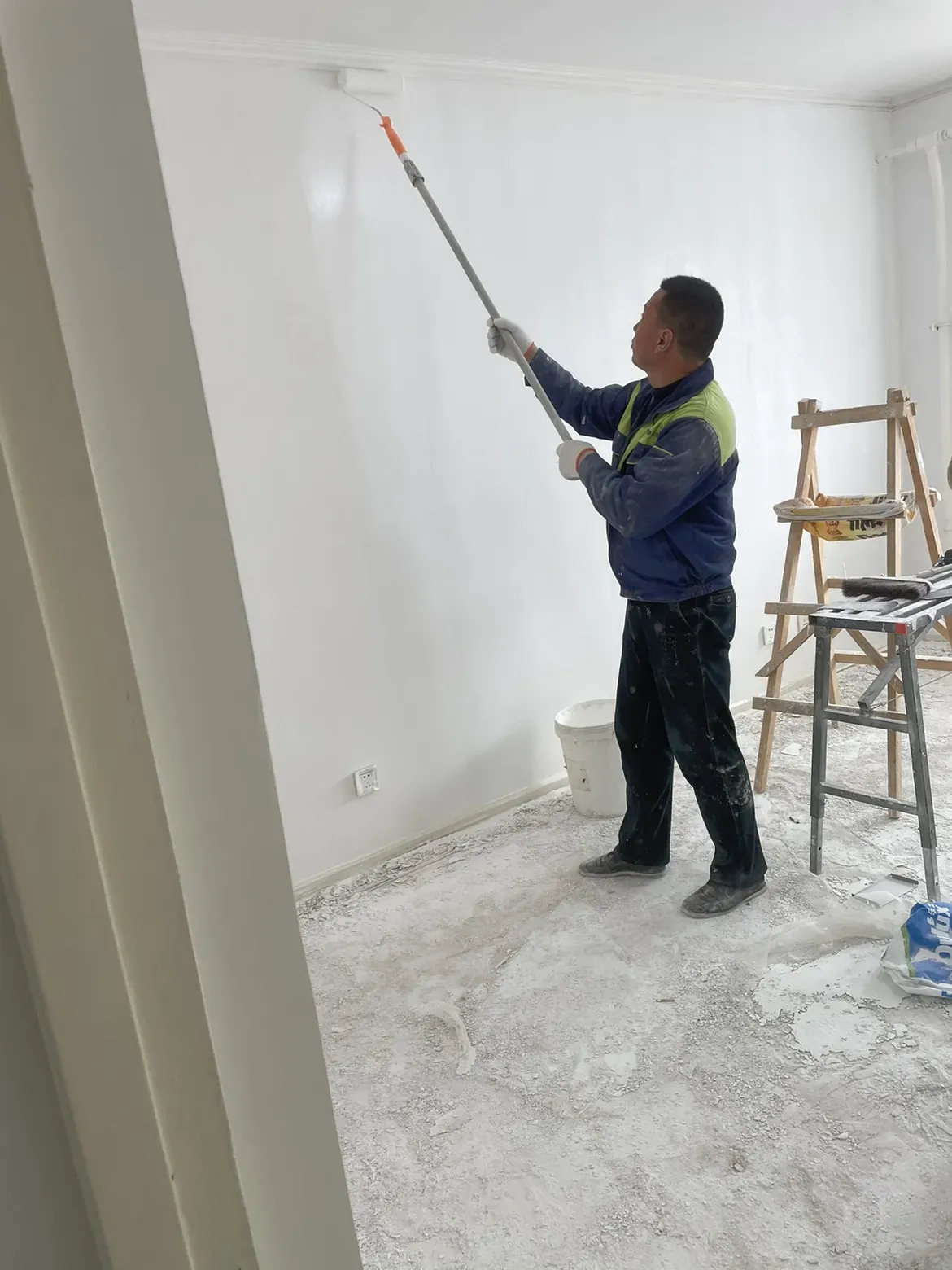
Understanding PVA Types and Their Role in Modern Materials
Polyvinyl alcohol (PVA), commonly known for its exceptional adhesive properties, versatility, and water solubility, plays an essential role in a range of applications across construction, packaging, textiles, and healthcare. Whether in the form of polyvinyl alcohol powder, polyvinyl alcohol plastic, or as a component in PVA plastic bags, this synthetic polymer continues to gain traction. In this article, we’ll explore the different PVA types, their uses, and the relationship between PVA and polypropylene fiber, with a special focus on applications in building and packaging industries.

1. Exploring the Main Types of PVA and Their Unique Properties
There are several PVA types, and their categorization often depends on their degree of hydrolysis and molecular weight. The two primary types are:
Fully hydrolyzed PVA: Contains more hydroxyl groups, offering higher crystallinity and tensile strength. Commonly used in construction adhesives and as a cement additive.
Partially hydrolyzed PVA: Offers greater solubility in cold water, making it ideal for textile sizing and as a base for water-soluble films.
Polyvinyl alcohol powder is widely used for its excellent film-forming, emulsifying, and adhesive properties. When dissolved in water, it forms PVA solution that can be used as a PVA bond for plastering, painting prep, or paper coating.
Meanwhile, polyvinyl alcohol plastic, also known as PVOH plastic, is a water-soluble plastic often used in PVA plastic bags. These bags are eco-friendly alternatives to conventional plastics and dissolve safely in water, making them highly valued in sustainable packaging.
A unique aspect of PVA is its polyvinyl alcohol solubility, which determines its suitability for specific environments. The polyvinyl alcohol solubility in water is a vital factor in determining its applications in water-dispersible films or adhesives. Manufacturers often modify the PVA structure to control its solubility, making it adaptable for both high-moisture and dry-use conditions.

2. PVA in Construction: From Bonding Agents to Surface Preparation
PVA’s impact in the construction industry is significant. In particular, PVA cement is a mixture where PVA is added to cement to improve its flexibility, adhesion, and workability. This blend helps prevent cracking and increases surface durability.
PVA bond for plastering is used to enhance the adhesion of plaster to surfaces, ensuring a smoother finish and long-lasting coat. Similarly, applying PVA ceiling before painting or PVA ceiling before plastering serves as a primer that seals porous surfaces, allowing for better paint coverage and bonding.
General purpose PVA is commonly used as a primer or bonding agent for multiple surfaces, including drywall, concrete, and wood. Its versatility, cost-effectiveness, and ease of use make it a go-to material for contractors and DIY users alike.
Additionally, PVA is often used alongside polypropylene fiber, a strong and chemically resistant synthetic fiber that improves the tensile strength and cracking resistance of concrete. Combining PVA with polypropylene fibers for concrete enhances both adhesion and structural integrity.
Conclusion: The Ongoing Relevance of PVA and Its Evolving Applications
Polyvinyl alcohol remains an indispensable material in various industries due to its solubility, safety, and performance-enhancing qualities. From polyvinyl alcohol plastic in biodegradable packaging to PVA bond for plastering in construction and PVA ceiling before painting, its roles are expansive and still evolving. When combined with other materials like polypropylene fiber, PVA continues to enhance durability and environmental compatibility in both new builds and retrofits.
As sustainability and performance demands grow, so too does the role of PVA in offering smart, efficient, and eco-conscious solutions.
FAQ Section
What are the main PVA types and how are they different?
PVA types are primarily categorized as fully hydrolyzed and partially hydrolyzed. Fully hydrolyzed PVAs are stronger but less soluble in cold water, whereas partially hydrolyzed ones dissolve more easily and are often used in water-soluble films or adhesives.
What is polyvinyl alcohol plastic used for?
Polyvinyl alcohol plastic (PVOH plastic) is mainly used for making biodegradable and water-soluble packaging, especially PVA plastic bags. These are popular in laundry, agriculture, and medical industries for their eco-friendly dissolution properties.
Can PVA be used on ceilings before painting or plastering?
Yes. Applying PVA to ceilings before painting or plastering helps seal porous surfaces, reducing the absorption of paint or plaster, and ensuring a smooth, durable finish.
What is the role of polypropylene fiber in PVA-based construction mixes?
Polypropylene fiber is added to cement mixes with PVA to enhance mechanical strength, crack resistance, and surface adhesion. The combination ensures better long-term performance in both structural and decorative concrete applications.
How does polyvinyl alcohol solubility affect its usage?
The solubility of polyvinyl alcohol determines its application. More soluble PVAs are used in coatings, emulsions, and films that need to disperse in water. Less soluble variants are preferred in adhesive and construction settings where moisture resistance is critical.
-
Hydroxypropyl Starch as a Sustainable Construction AdditiveNewsNov.24,2025
-
The Gelation Properties of CMCNewsNov.21,2025
-
Redispersible Latex Powder and Water Retention CapacityNewsNov.21,2025
-
Dosage Control for Polycarboxylate Water ReducerNewsNov.21,2025
-
Film-Forming Properties of Polyvinyl AlcoholNewsNov.21,2025
-
The Function of Gypsum Additives in MortarNewsNov.21,2025





















